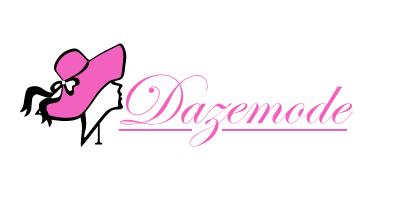Introduction: On a sunny afternoon in Berlin, Maria strolled through the bustling streets of Mitte, the city’s fashion district. A particular shop caught her eye as she wandered past sleek storefronts and vibrant boutiques. The minimalist design and elegant clothing and accessories display hinted at the craftsmanship. Stepping inside, Maria was greeted by a blend of contemporary aesthetics and timeless elegance—a hallmark of German design. This is a story about Maria’s discovery of German designer brands, but it also reflects the broader narrative of Germany’s significant impact on the global fashion industry.
A Tradition of Excellence: Germany has long been known for its engineering and precision, qualities that extend seamlessly into its fashion industry. German designer brands are synonymous with quality, functionality, and understated elegance. These brands have carved a niche in the global market, combining traditional craftsmanship with innovative design.
The Pioneers of German Fashion: One must mention some of its pioneering brands. Jil Sander, known as the “Queen of Less,” has been a trailblazer in minimalist design. Established in 1968, her brand emphasizes clean lines and high-quality fabrics, setting a standard for luxury fashion. Similarly, Wolfgang Joop, the founder of JOOP!, brought a blend of extravagance and sophistication to the industry in the 1980s, making his brand a household name in Germany and beyond.
Economic Impact and Market Growth: The German fashion industry significantly contributes to the country’s economy. According to the German Fashion Industry Association (Gesamtverband der deutschen Textil- und Modeindustrie), the fashion sector generated approximately €32 billion in revenue in 2022. This includes contributions from renowned designer brands like Hugo Boss, Escada, and MCM, which have a solid global presence.
Hugo Boss, one of the most recognized German fashion brands, reported a revenue of €3.6 billion in 2022, reflecting a 15% increase from the previous year. This growth underscores the brand’s strong market position and ability to adapt to changing consumer preferences. Similarly, MCM, known for its luxury leather goods, has seen substantial growth, particularly in Asian markets, contributing significantly to Germany’s fashion exports.
Sustainability and Innovation: Sustainability has become a central focus for many German designer brands. Brands like Armedangels and Hessnatur lead the way in eco-friendly fashion, using organic materials and ethical production methods. According to a report by McKinsey & Company, sustainable fashion is expected to grow by 8-10% annually, with Germany being a key market for this growth.
Armedangels, founded in 2007, has made a name for itself by prioritizing sustainability without compromising style. The brand’s commitment to fair trade and eco-friendly practices resonates with a growing base of conscious consumers. Hessnatur, established in 1976, has a long history of producing organic clothing and has been a pioneer in sustainably long before it became a global trend.
The Influence of Berlin Fashion Week: Berlin Fashion Week plays a crucial role in showcasing German designer brands to an international audience. The event, held twice yearly, attracts designers, buyers, and fashion enthusiasts worldwide. It serves as a platform for emerging designers to present their collections and for established brands to reinforce their market presence.
In 2023, Berlin Fashion Week featured over 70 designers, strongly emphasizing sustainability and innovation. The event highlighted the diversity and creativity of German fashion, from avant-garde designs to classic elegance. This focus on sustainability aligns with the broader trend in the fashion industry, where consumers are increasingly seeking ethical and environmentally friendly options.
The Global Reach of German Fashion: German designer brands have a solid global presence, particularly in Europe, Asia, and North America. Brands like Hugo Boss, MCM, and Escada have flagship stores in major cities worldwide, enhancing their international appeal. According to a report by Statista, Germany’s fashion exports reached €24.3 billion in 2022, reflecting the global demand for German design and craftsmanship.
Conclusion: Maria’s serendipitous discovery of a German designer brand in Berlin mirrors the global recognition and appreciation for German fashion. From the minimalist elegance of Jil Sander to the luxurious allure of Hugo Boss and the sustainable practices of Armedangels, German designer brands continue to set trends and uphold a tradition of excellence. As the industry evolves, these brands remain at the forefront, blending innovation with timeless style and capturing the hearts of fashion enthusiasts worldwide.
